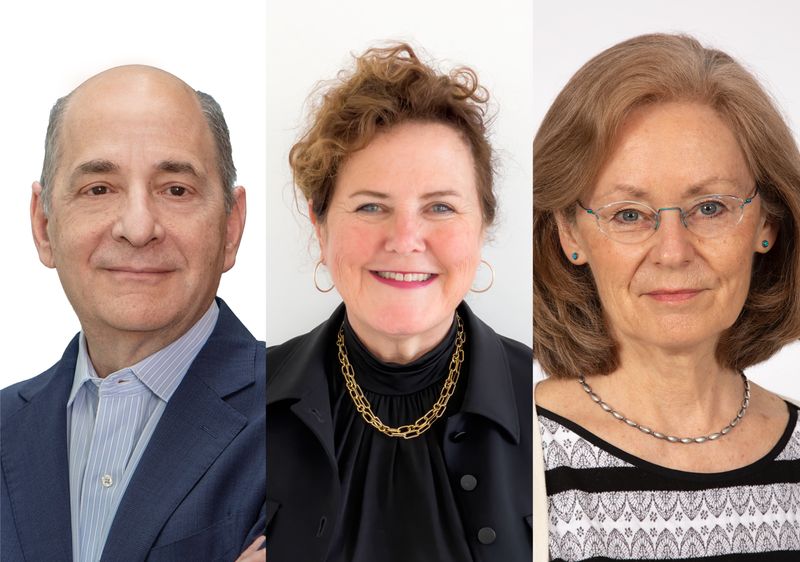LAS VEGAS – Chia seeds sprouted in trays have experimentally confirmed a mathematical model proposed by computer scientist and polymath Alan Turing decades ago. The model describes how patterns might emerge in desert vegetation, leopard spots and zebra stripes.
These and other blotchy and stripy features in nature are examples of what are called Turing patterns, so named because in 1952, Turing presented equations for how simple interactions between competing factors can lead to surprisingly complex surface patterns. In the case of arid regions, the competition for moisture among plants would drive the intricate distribution of vegetation.
Science News headlines, in your inbox
Headlines and summaries of the latest Science News articles, delivered to your email inbox every Thursday.
Thank you for signing up!
There was a problem signing you up.
But proving that Turing’s model explains patterns in the real world has been challenging (SN: 10/21/15). It wasn’t clear whether Turing’s idea is really behind natural distributions of vegetation. It could be that the idea is a mathematical just-so story that happens to produce similar shapes in a computer, says physicist Flavio Fenton of Georgia Tech in Atlanta.
In research presented at the American Physical Society meeting, Brendan D’Aquino, who studied in Fenton’s lab during the summer of 2022, described an experiment that seems to confirm that Turing’s model truly underlies patterns in vegetation.
The team grew chia seeds in even layers in trays and then adjusted the available moisture. In essence, the researchers were experimentally tweaking the factors that appear in the Turing equations. Sure enough, patterns resembling those seen in natural environments emerged. The patterns also strongly resembled computer simulations of the Turing model.
“In previous studies,” said D’Aquino, who is an undergraduate computer science student at Northeastern University, “people kind of retroactively fit models to observe Turing patterns that they found in the world. But here we were actually able to show that changing the relevant parameters in the model produces experimental results that we would expect.”
Although Turing patterns have been produced in some chemistry experiments and other artificial systems, the team believes this is the first time that experiments with living vegetation have verified Turing’s mathematical insight.














